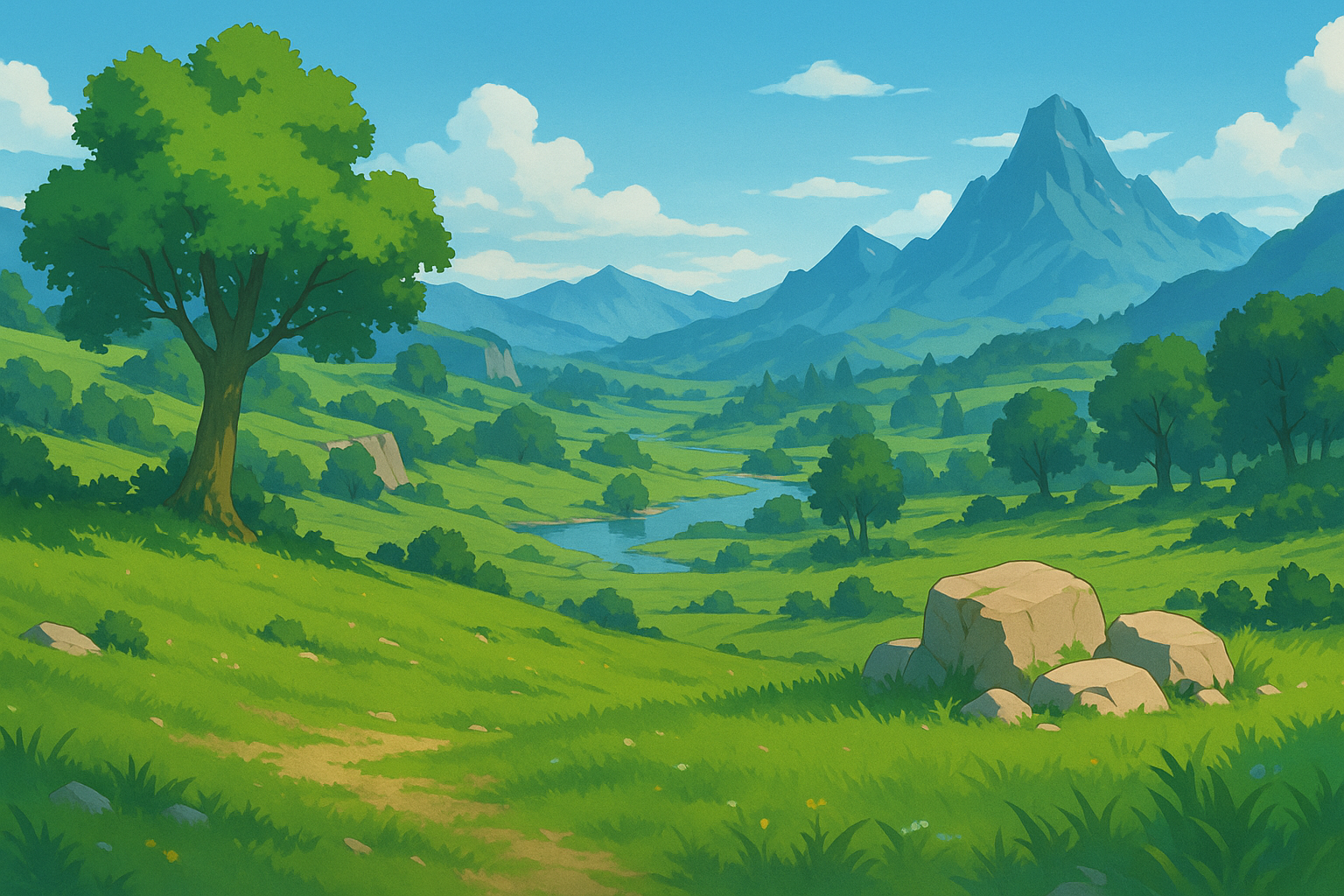CSS Grid Mastery: From Basics to Advanced Layouts
Master CSS Grid with this comprehensive guide covering basic concepts, advanced techniques, and real-world layout examples for modern web development.
CSS Grid Mastery: From Basics to Advanced Layouts
CSS Grid is a powerful layout system that allows you to create complex, responsive layouts with ease. In this comprehensive guide, we'll explore everything from basic concepts to advanced techniques.
What is CSS Grid?
CSS Grid is a two-dimensional layout system that lets you arrange elements in rows and columns. Unlike Flexbox, which is one-dimensional, Grid gives you complete control over both axes.
Basic Grid Setup
Here's how to create a simple grid:
.grid-container { display: grid; grid-template-columns: repeat(3, 1fr); grid-template-rows: repeat(2, 200px); gap: 20px; } .grid-item { background: #f0f0f0; padding: 20px; text-align: center; }
Grid Template Areas
One of Grid's most powerful features is the ability to define named areas:
.layout { display: grid; grid-template-areas: "header header header" "sidebar main main" "footer footer footer"; grid-template-columns: 200px 1fr 1fr; grid-template-rows: 60px 1fr 60px; height: 100vh; } .header { grid-area: header; } .sidebar { grid-area: sidebar; } .main { grid-area: main; } .footer { grid-area: footer; }
Responsive Grid Layouts
Create responsive layouts with auto-fit and minmax:
.responsive-grid { display: grid; grid-template-columns: repeat(auto-fit, minmax(300px, 1fr)); gap: 20px; }
Advanced Grid Techniques
1. Grid Line Placement
Place items precisely using grid lines:
.item { grid-column: 1 / 3; grid-row: 2 / 4; }
2. Implicit vs Explicit Grid
Control how Grid handles overflow:
.grid { grid-auto-rows: 100px; grid-auto-flow: dense; }
3. Subgrid (Coming Soon)
Align nested grids with parent grid:
.subgrid { display: grid; grid-template-columns: subgrid; }
Common Grid Patterns
Card Layout
.card-grid { display: grid; grid-template-columns: repeat(auto-fit, minmax(250px, 1fr)); gap: 1rem; }
Holy Grail Layout
.holy-grail { display: grid; grid-template: auto 1fr auto / auto 1fr auto; min-height: 100vh; }
Masonry Layout
.masonry { display: grid; grid-template-columns: repeat(auto-fill, minmax(250px, 1fr)); grid-auto-rows: max-content; gap: 1rem; }
Grid vs Flexbox
When to use each:
Use Grid for:
- Two-dimensional layouts
- Complex, structured designs
- When you need to control both rows and columns
Use Flexbox for:
- One-dimensional layouts
- Component-level layouts
- When you need flexible spacing
Browser Support
CSS Grid has excellent browser support:
- Chrome 57+
- Firefox 52+
- Safari 10.1+
- Edge 16+
Best Practices
- Use semantic HTML with Grid for styling
- Start with mobile-first approach
- Use named grid lines for better maintainability
- Test across browsers and devices
- Combine with Flexbox for optimal layouts
Conclusion
CSS Grid is a game-changer for web layouts. It simplifies complex designs and provides incredible flexibility. Start with basic grids and gradually explore advanced features as your layouts become more complex.
The key to mastering Grid is practice – experiment with different layouts and techniques to fully understand its capabilities!
